| Although the decibel score player was developed as a vehicle for the synchronous presentation of scores for performers, the audiofile capability opens the potential to use the app in the presentation of audio only and other synchronisation dependant audio activities. In the scoreplayer, formatted scores (.dsz. files) can be networked if they have the same file name and are of the same format (for example “scrolling”, “slideshow” etc), however the audiofileembedded in any instance of a .dszneed not have the same file name. |
| Therefore the number of channels of synchronisable audio available to a composer is only limited to the number of iPads in the network. The ability to pair with Bluetooth speakers provides an extremely portable option for multichannel audio in site specific performances. This facility has been used to perform a range of multichannel works. |
| In the work Njookenbooro, each iPad was connected via bluetoothto a speaker (red rectangles) allowing for independent spatialisation of 11 unique stereo channels of audio. Performers (blue circles) read by thescoreby screenlightfrom the iPads. They were synchronised across an ad hoc WiFi network that was broadcast from a laptop. Solar lights were used to mark the pathway to the performance for the audience. |

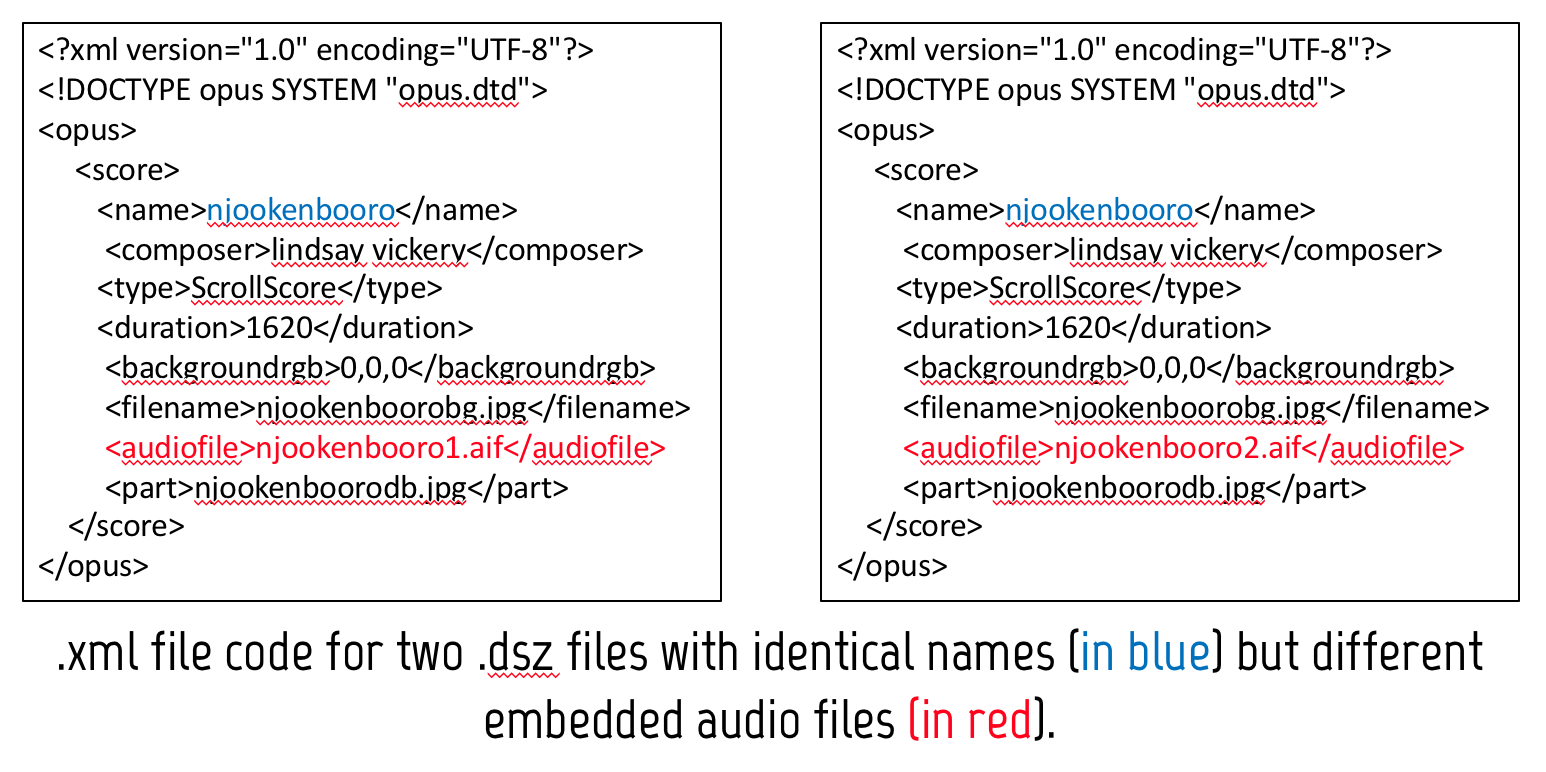
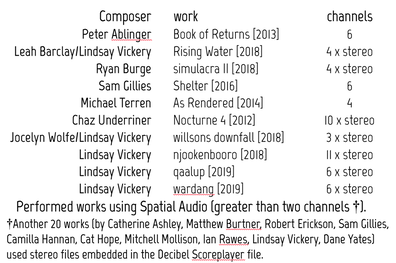
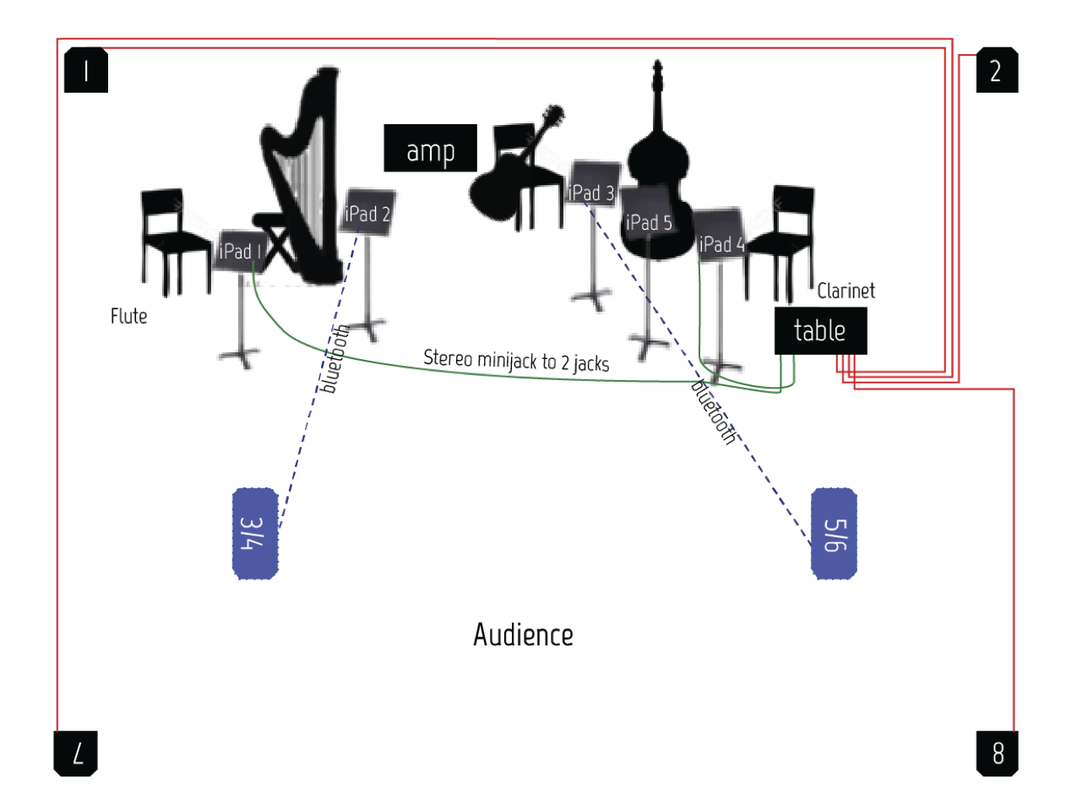
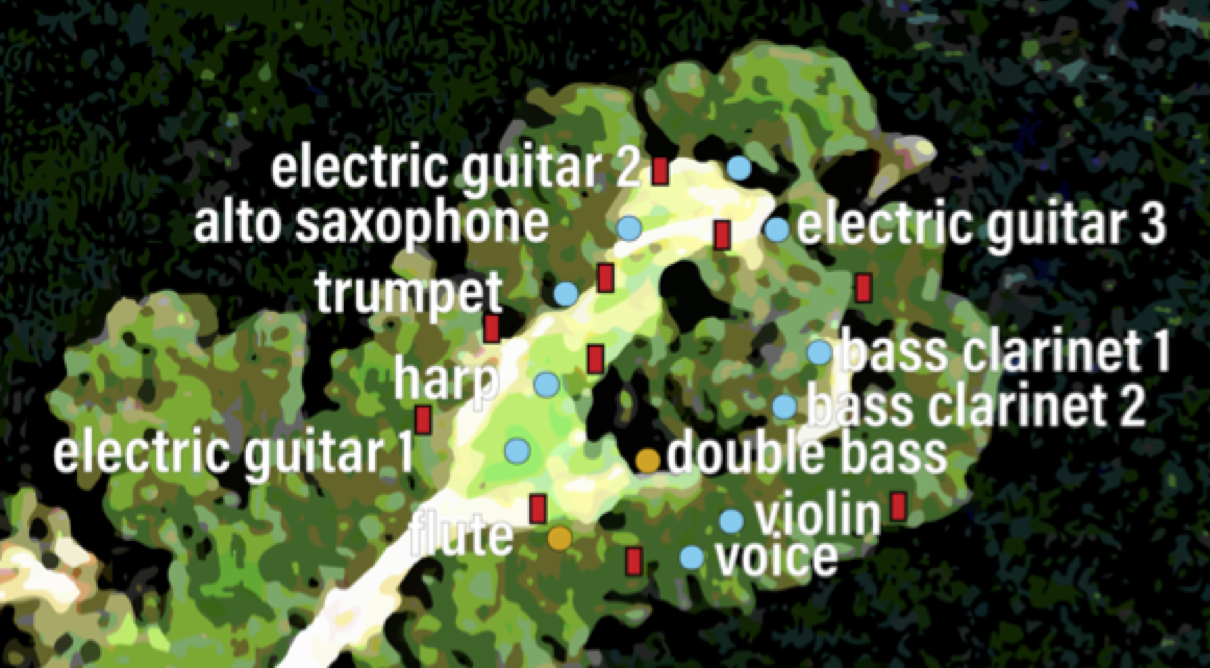
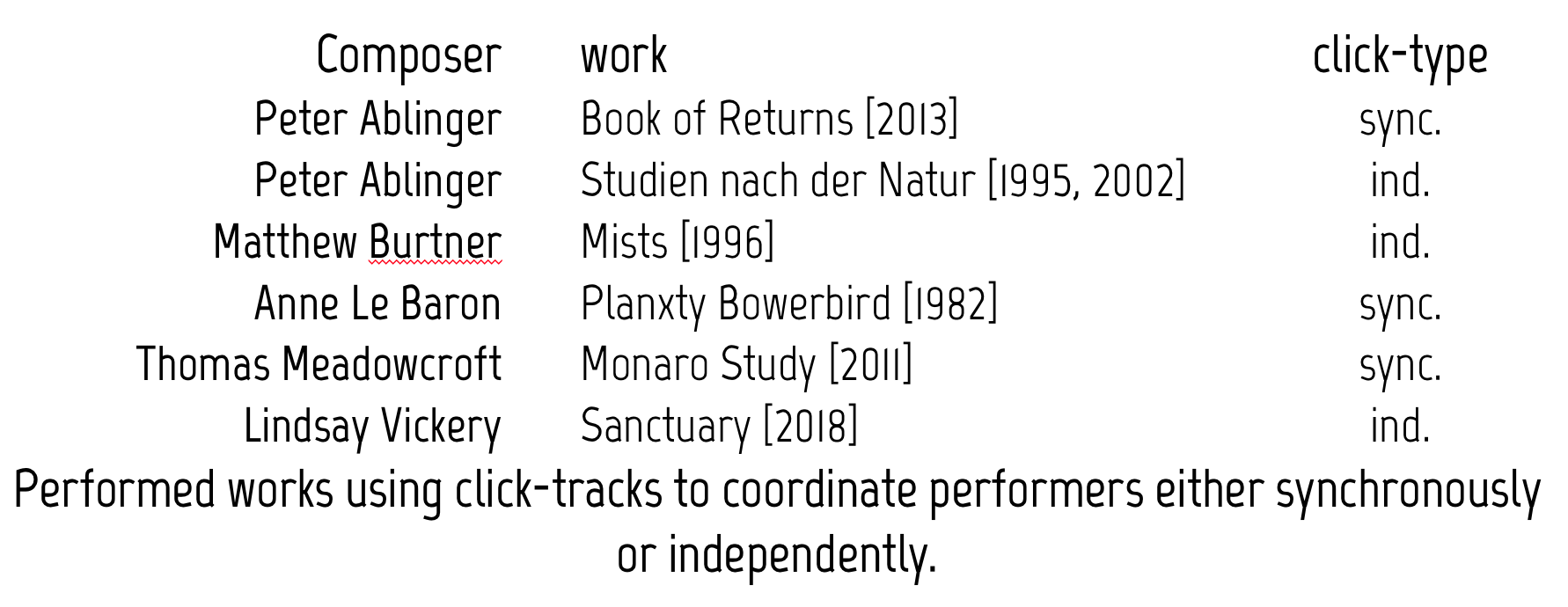
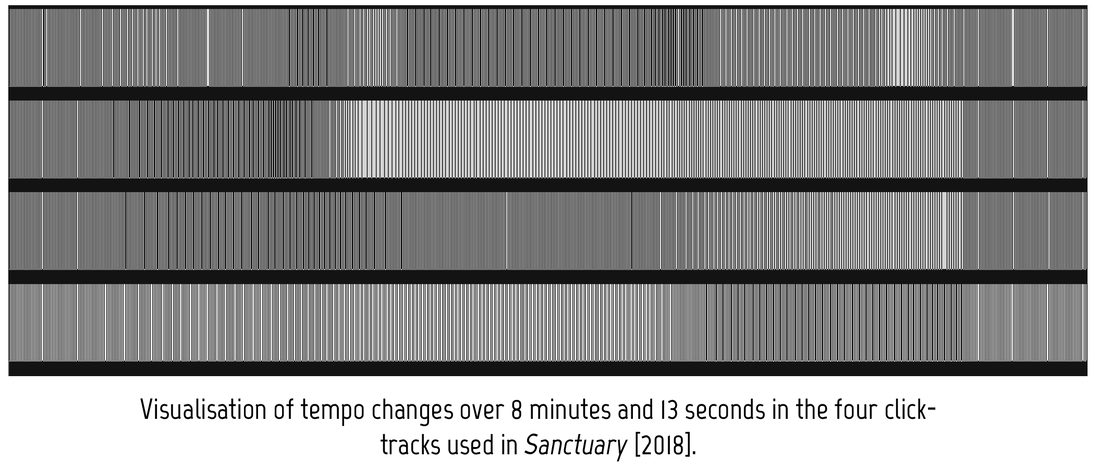
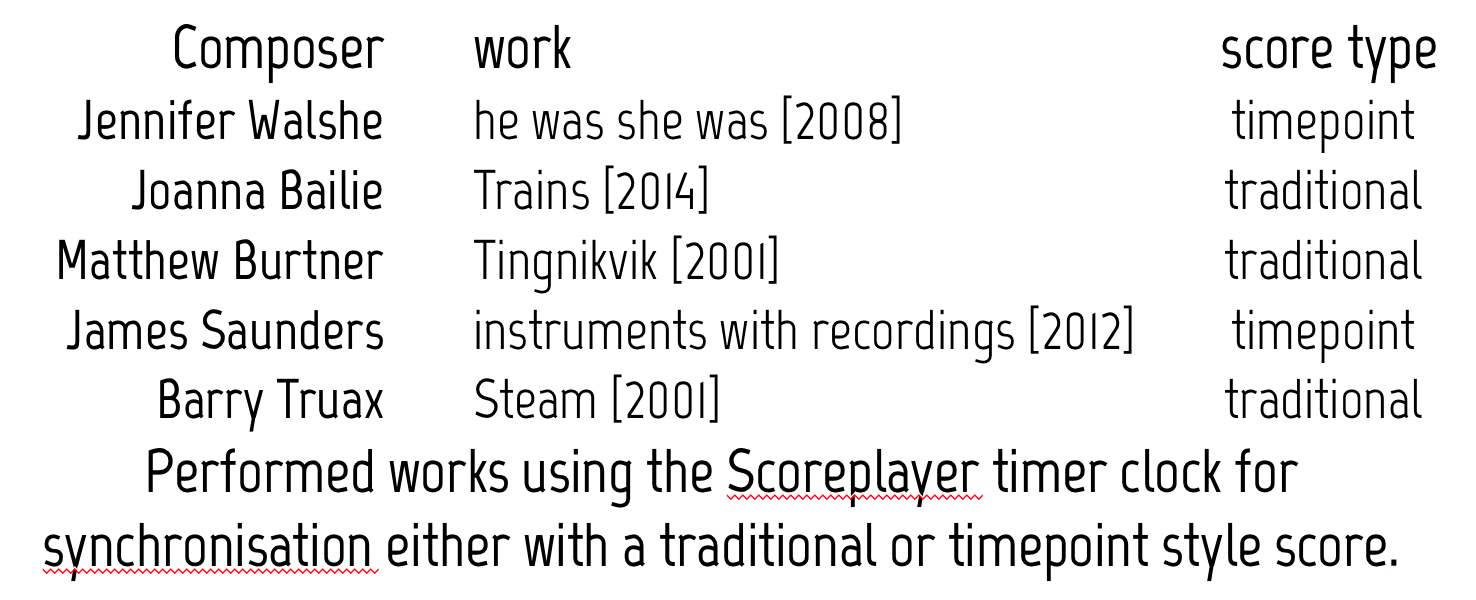
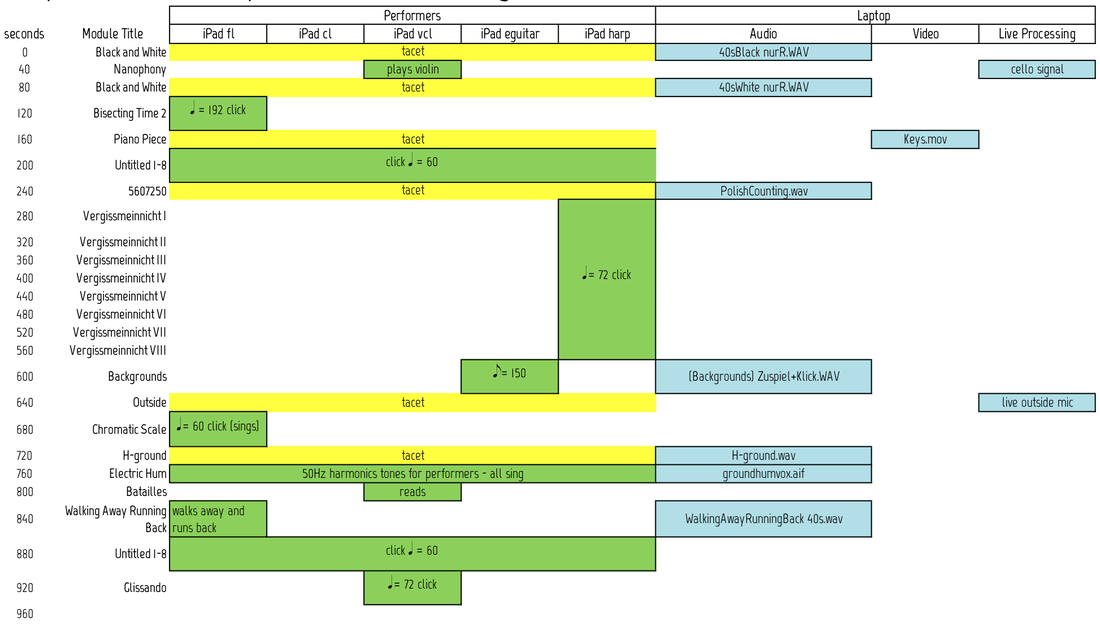
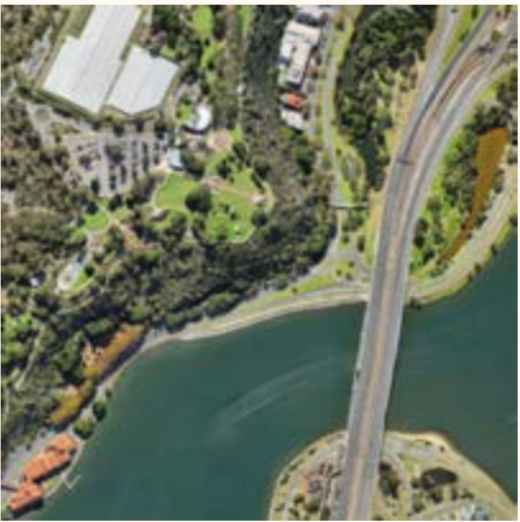
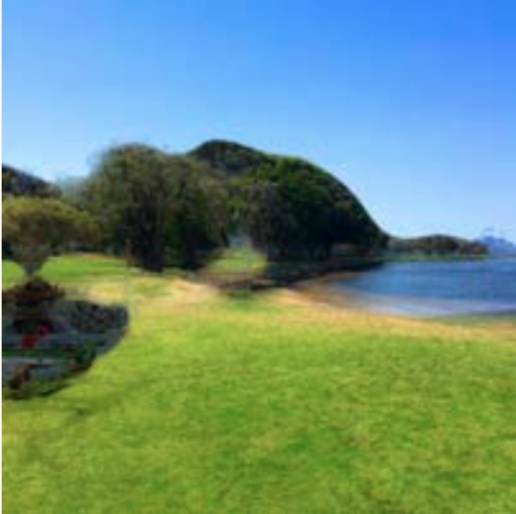

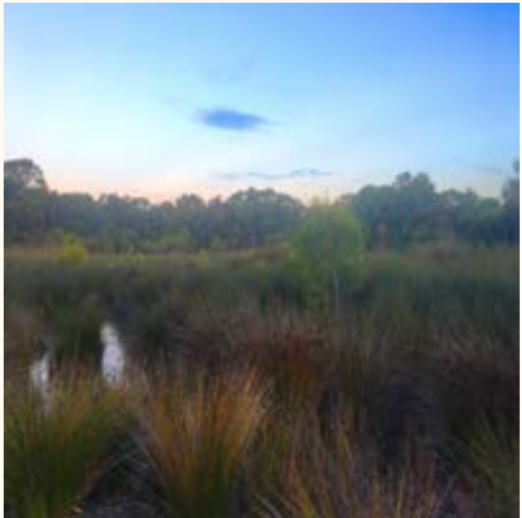
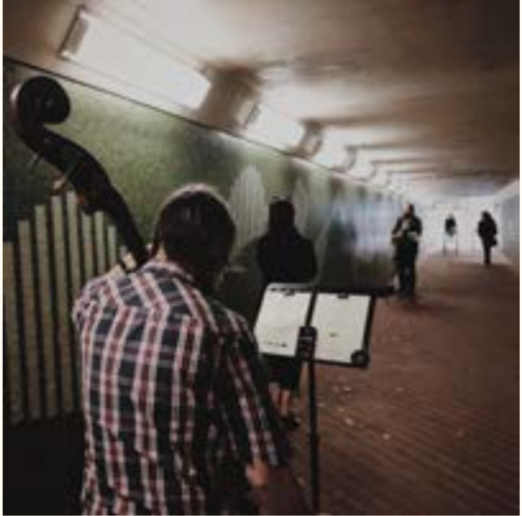
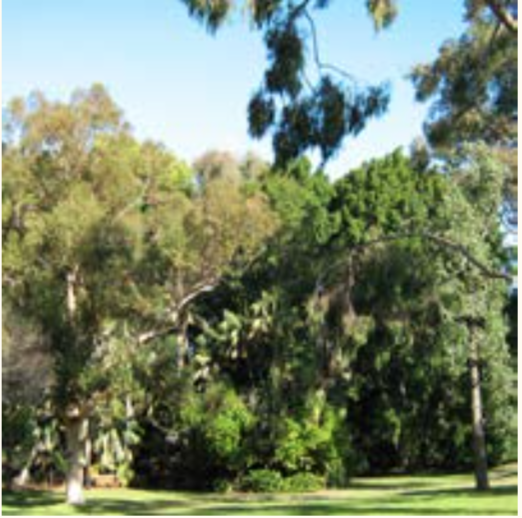
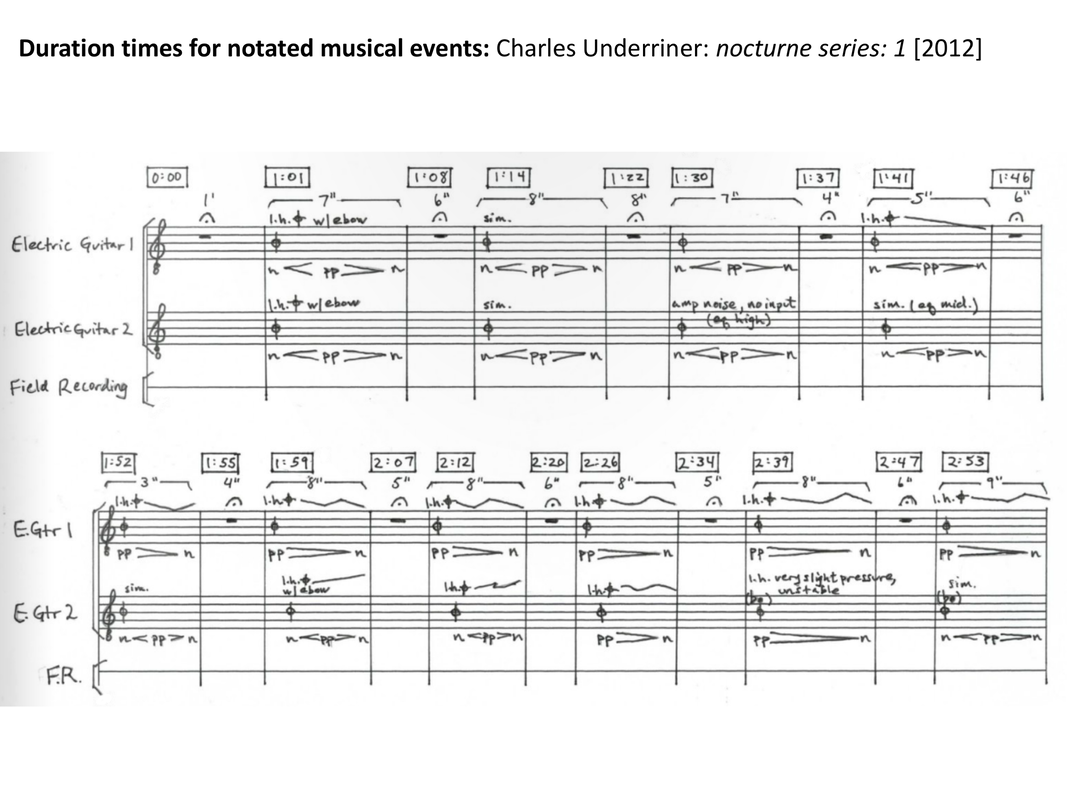
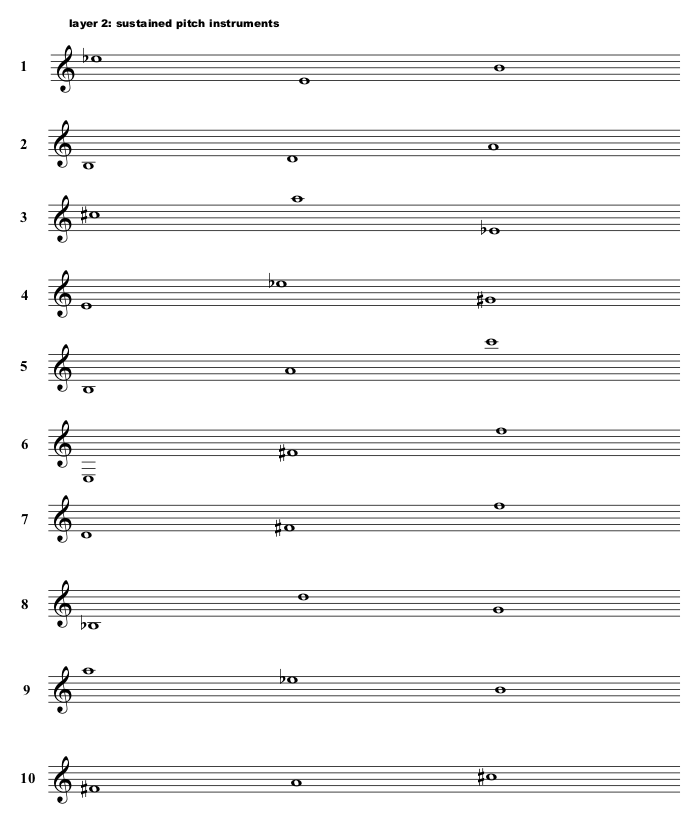

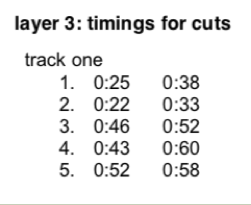
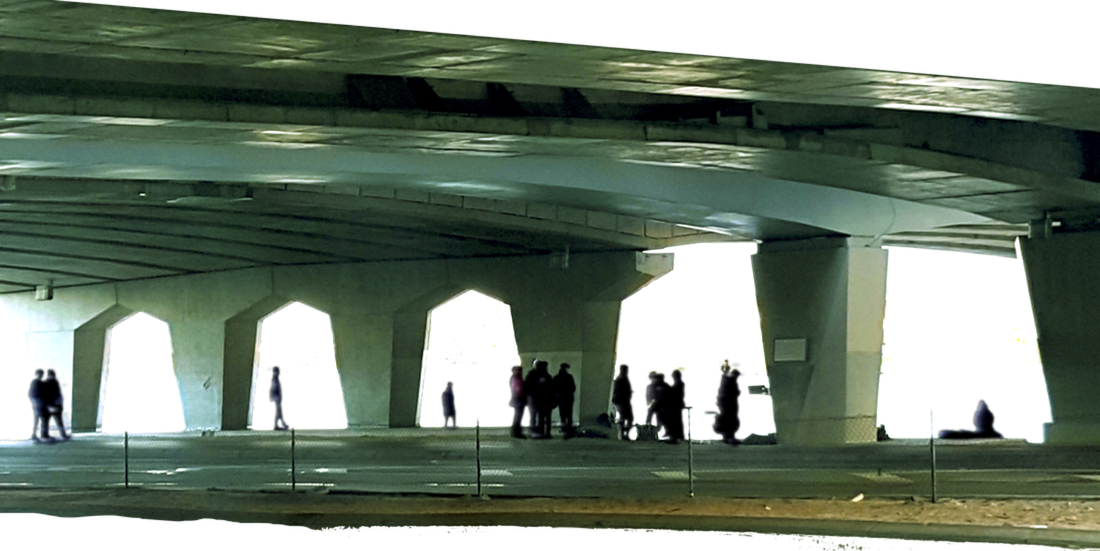
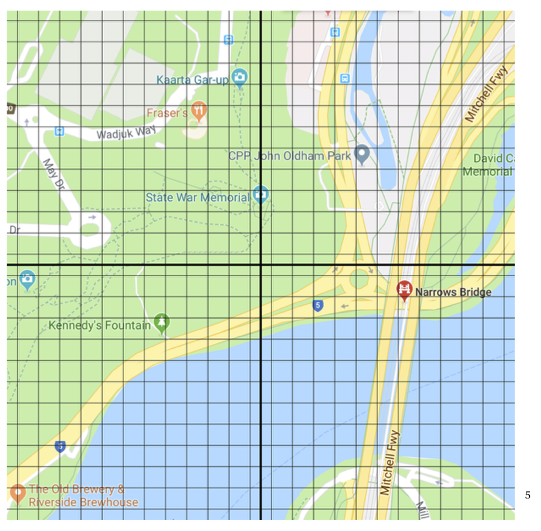
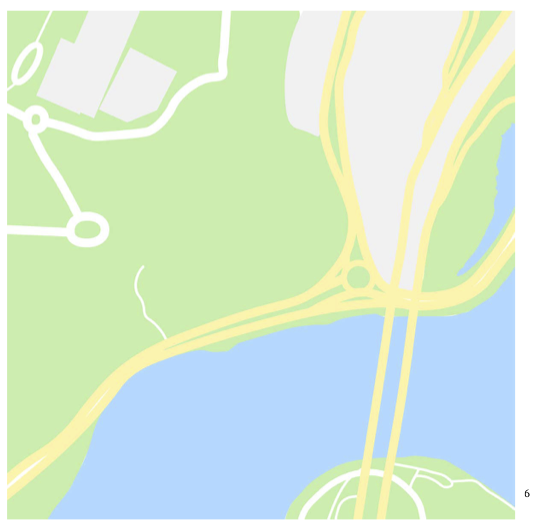
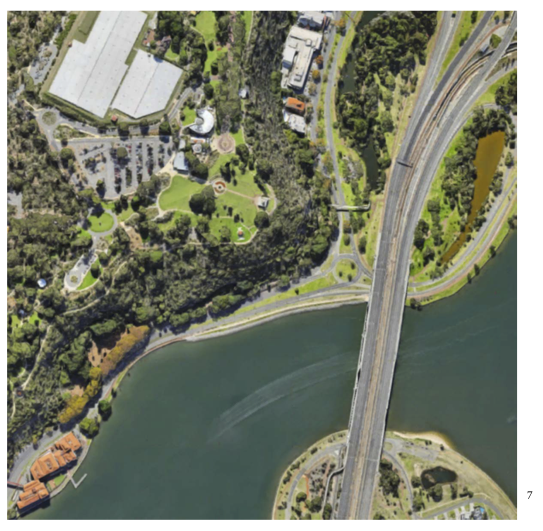



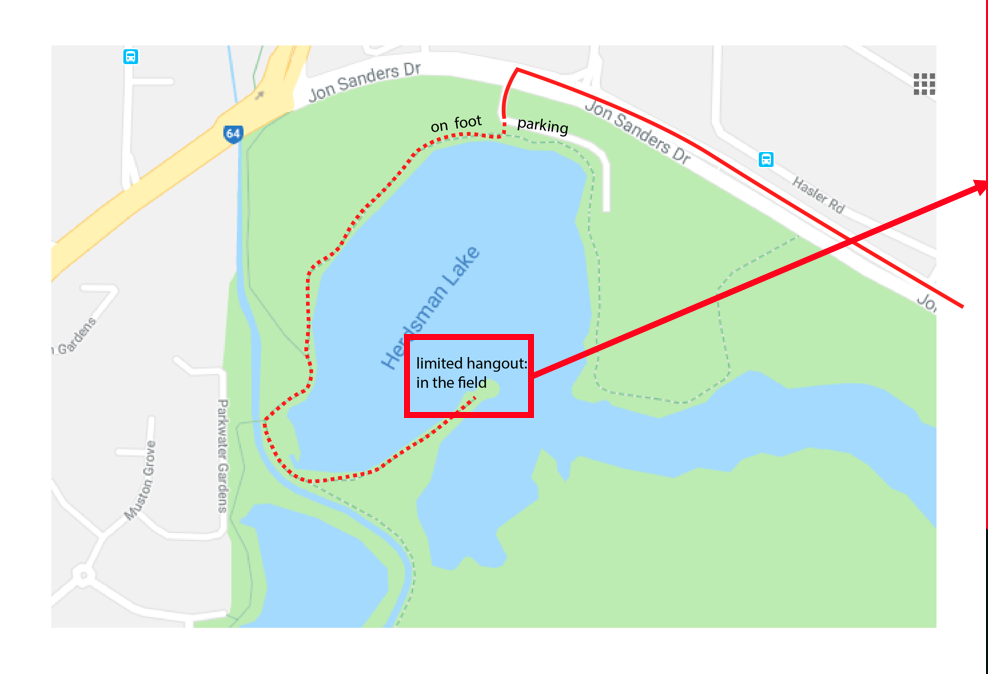
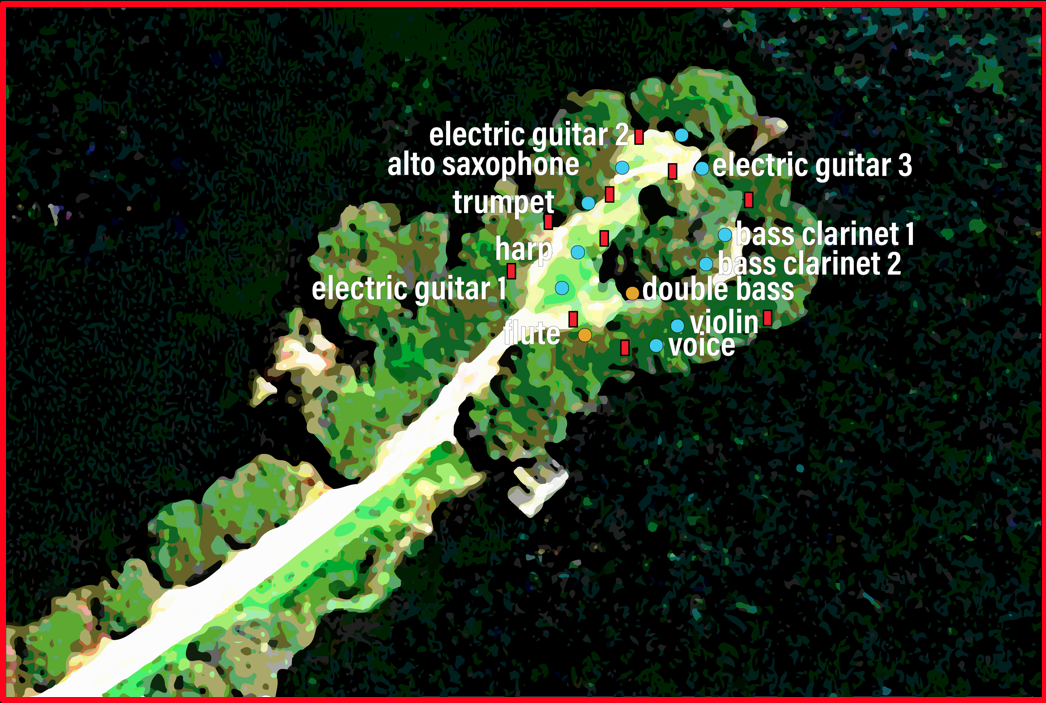
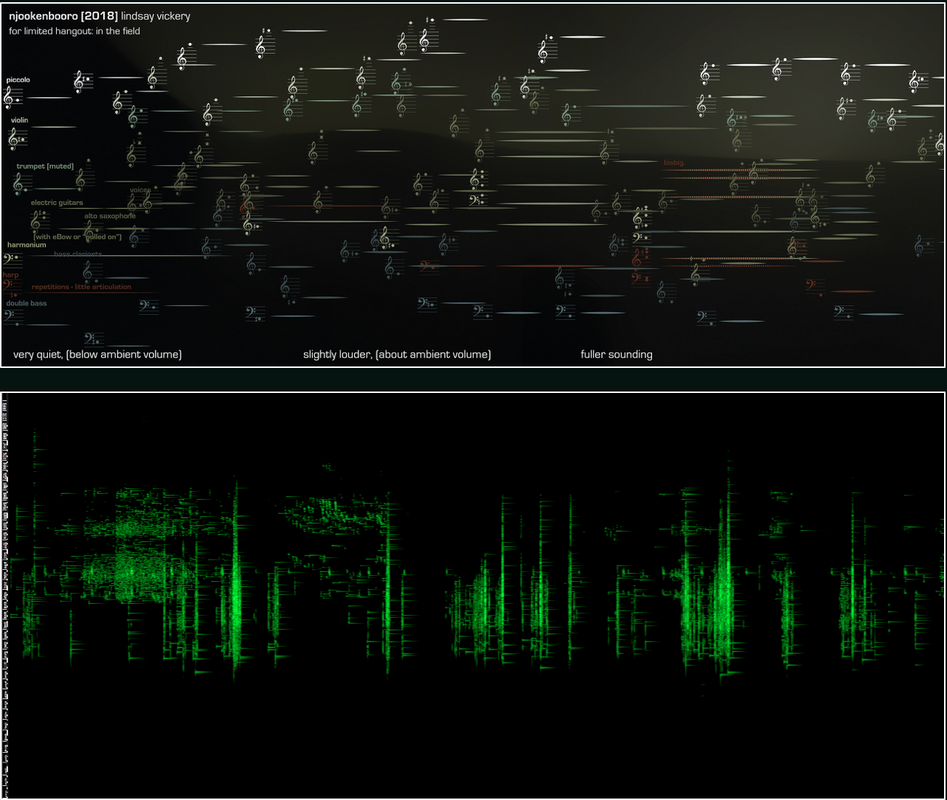
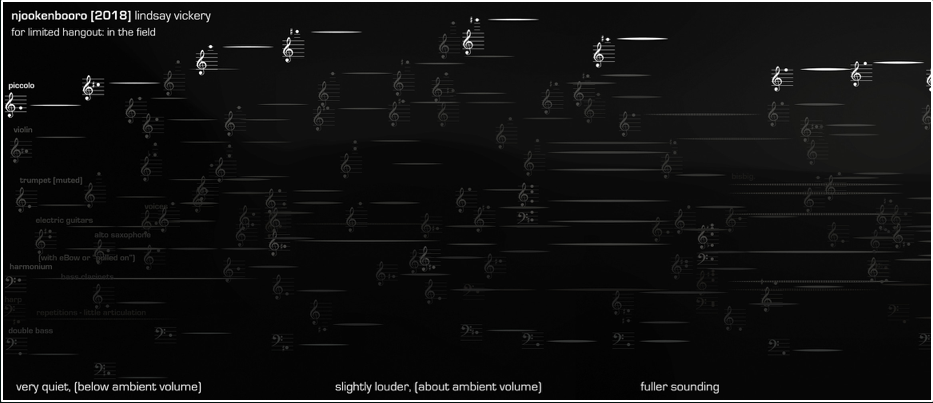
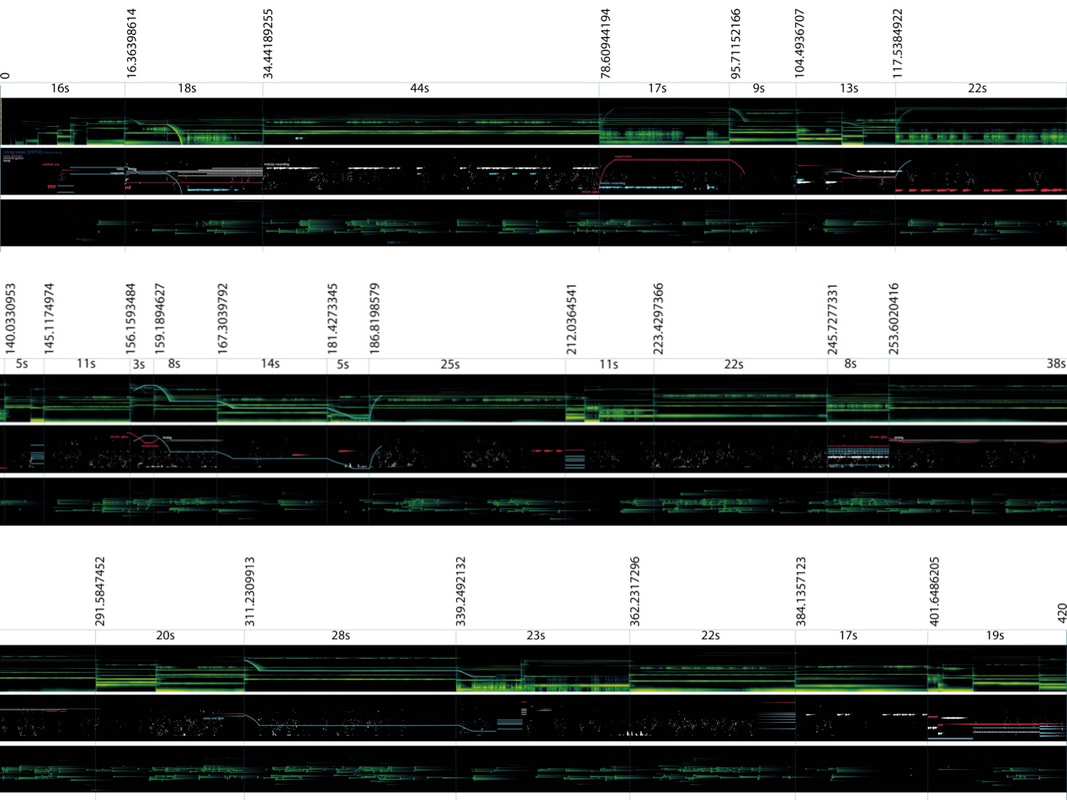

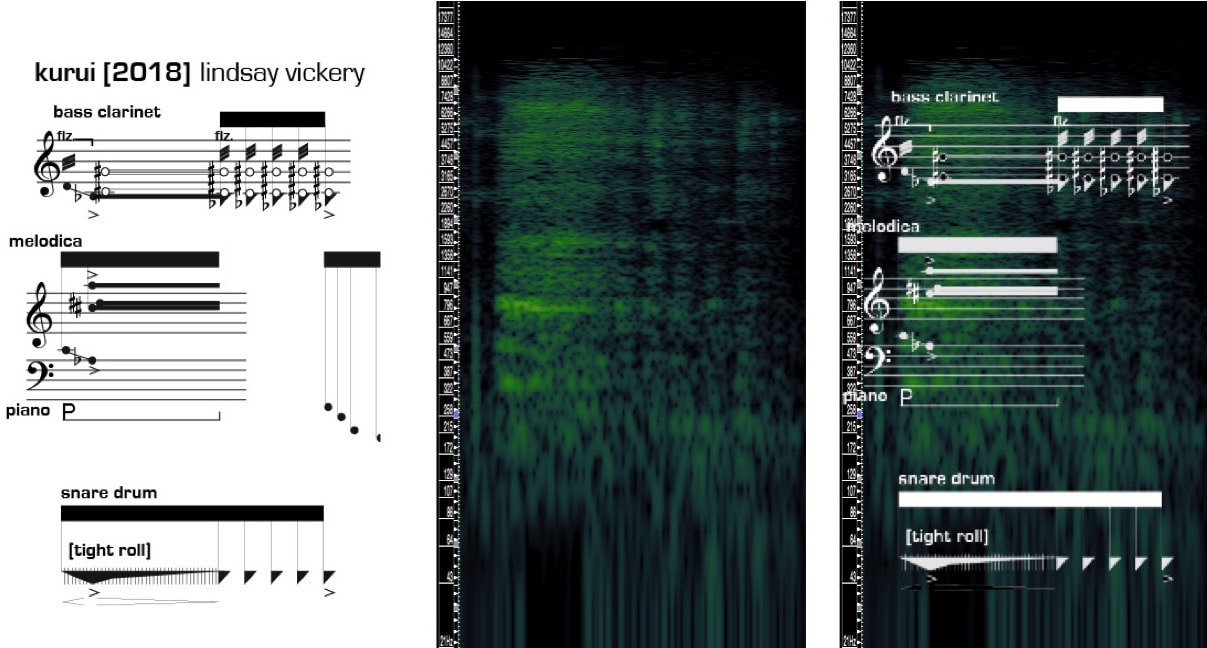

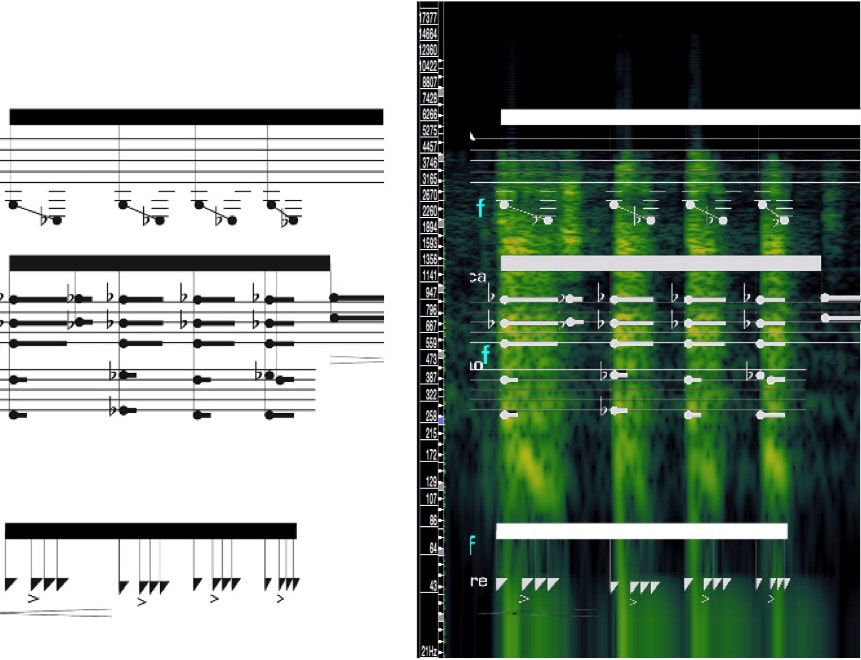
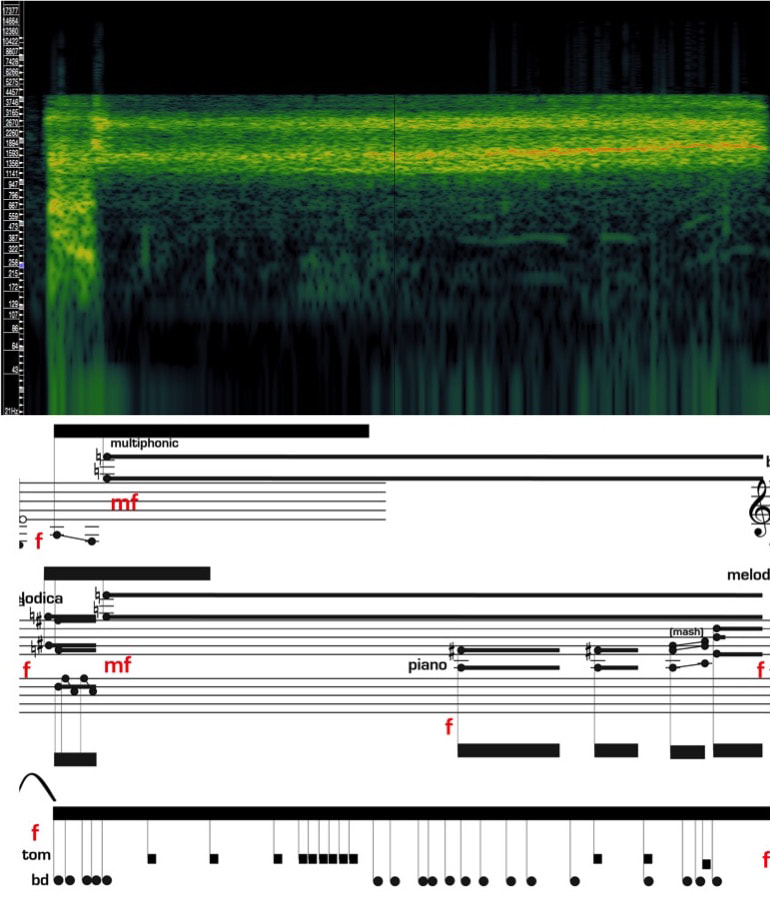
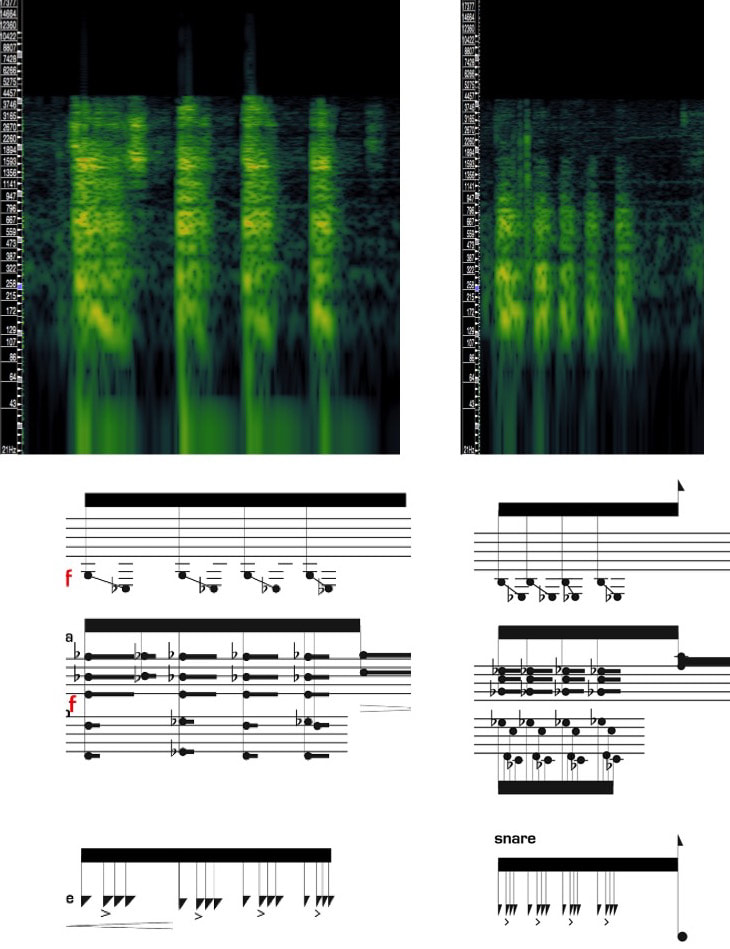
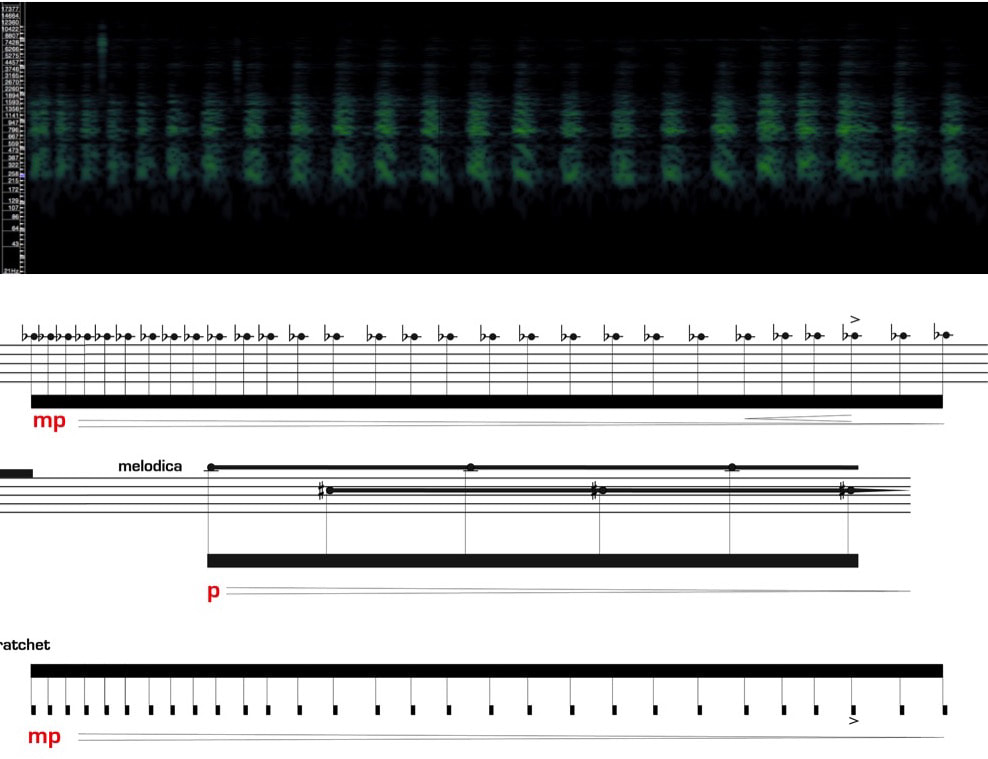

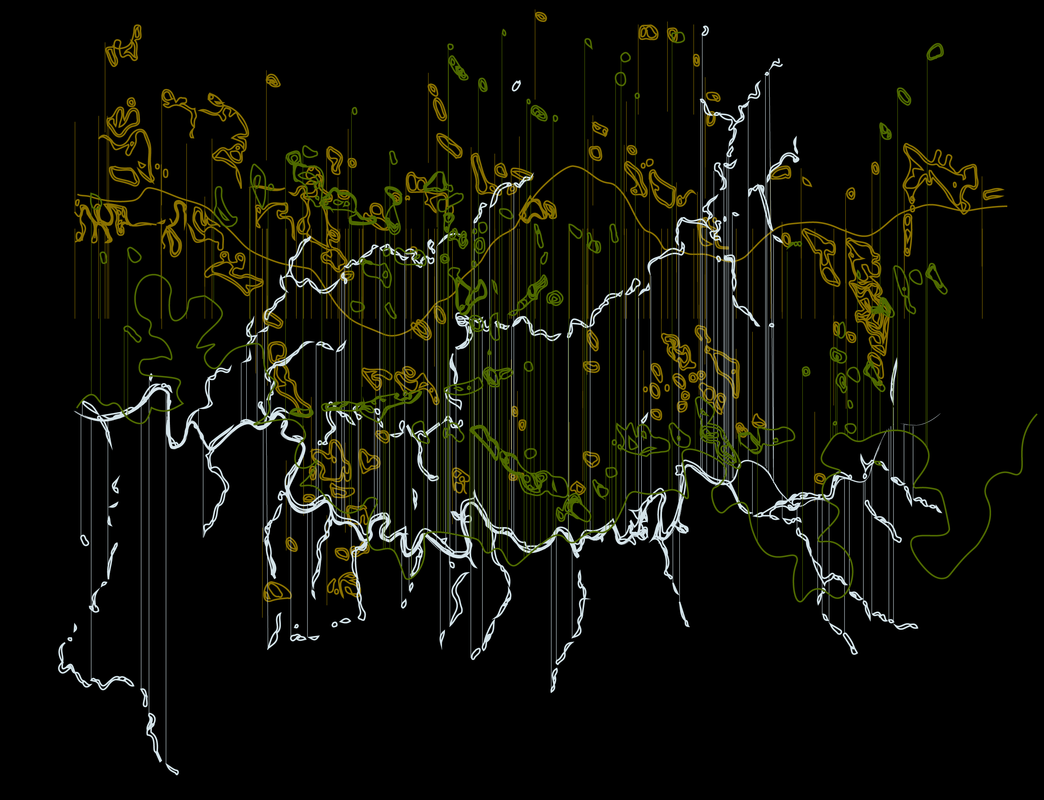
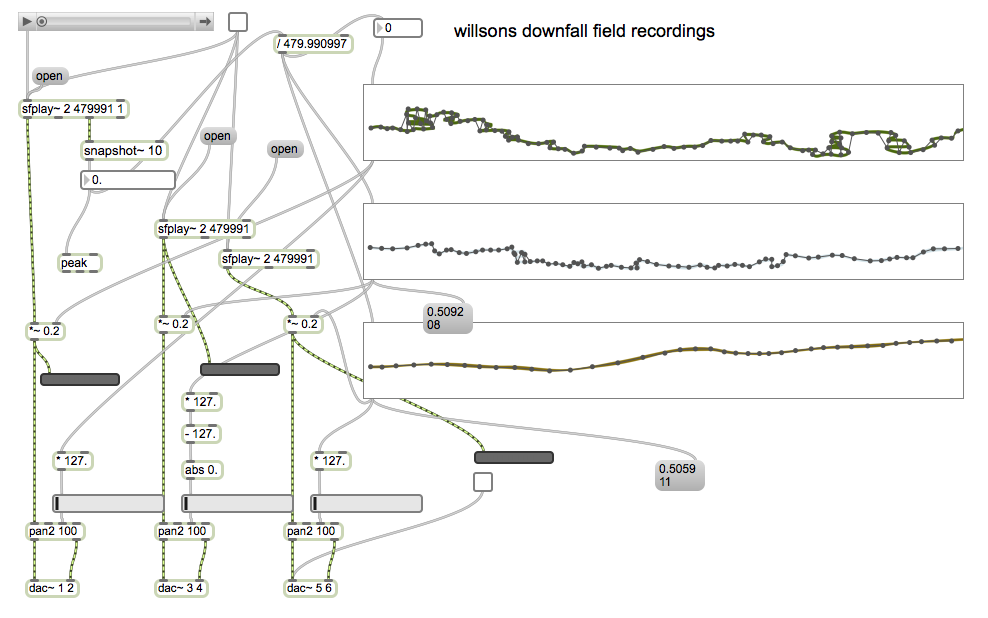

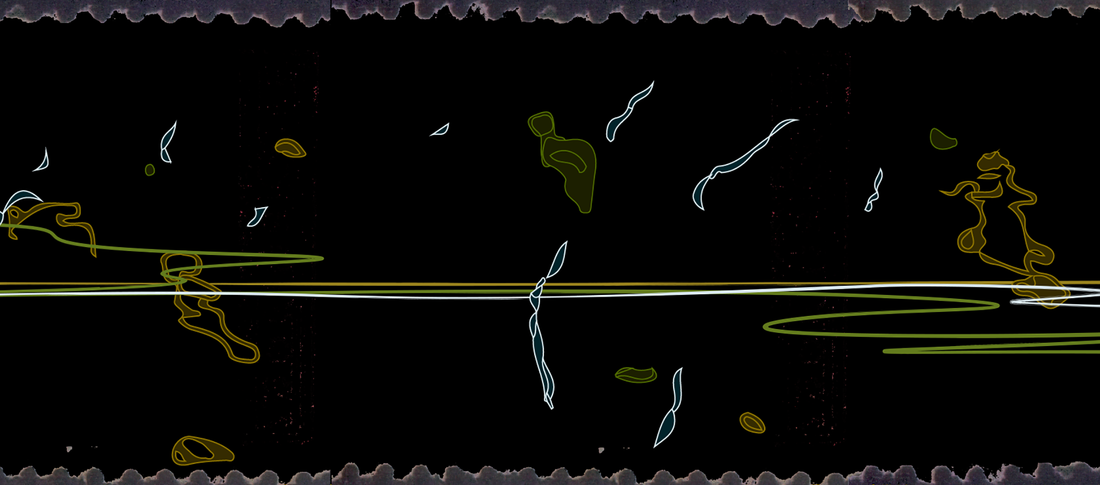
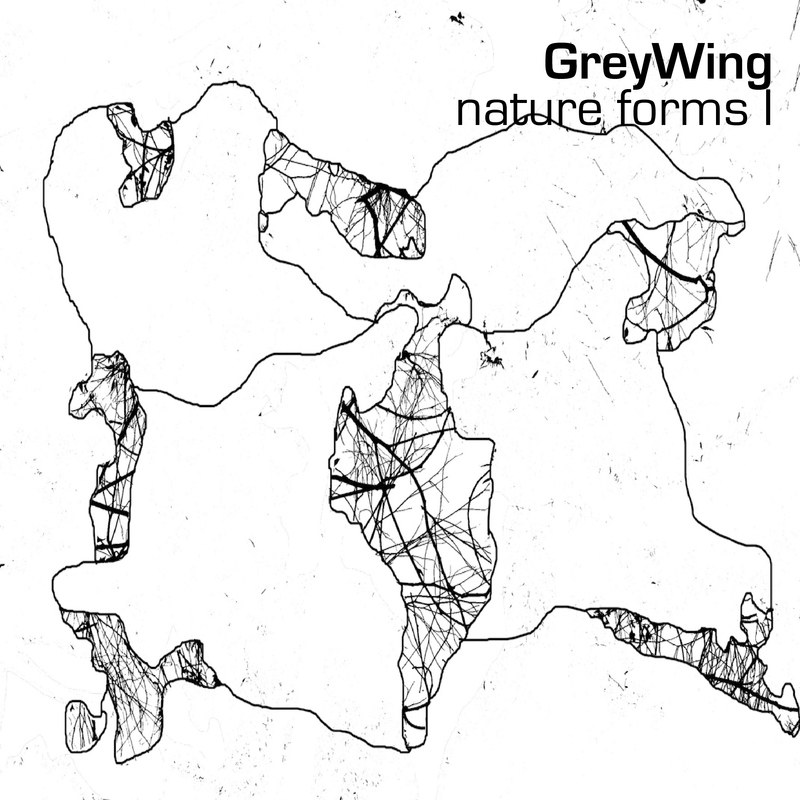
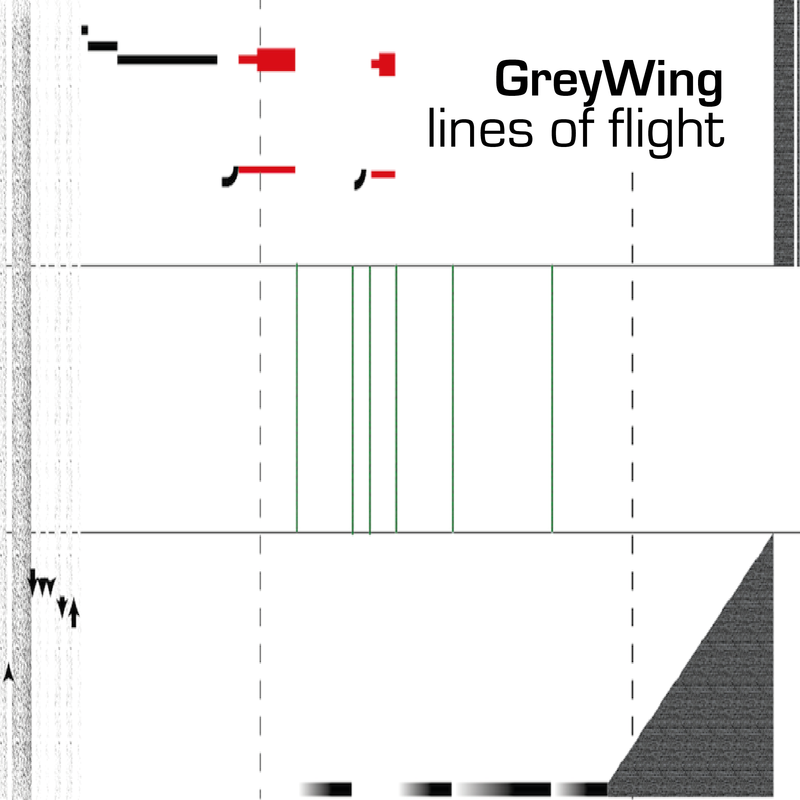
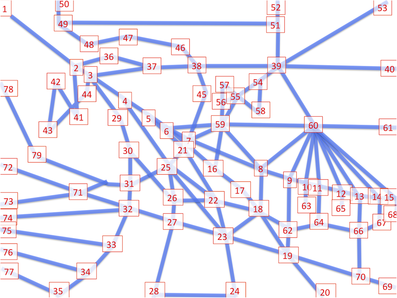
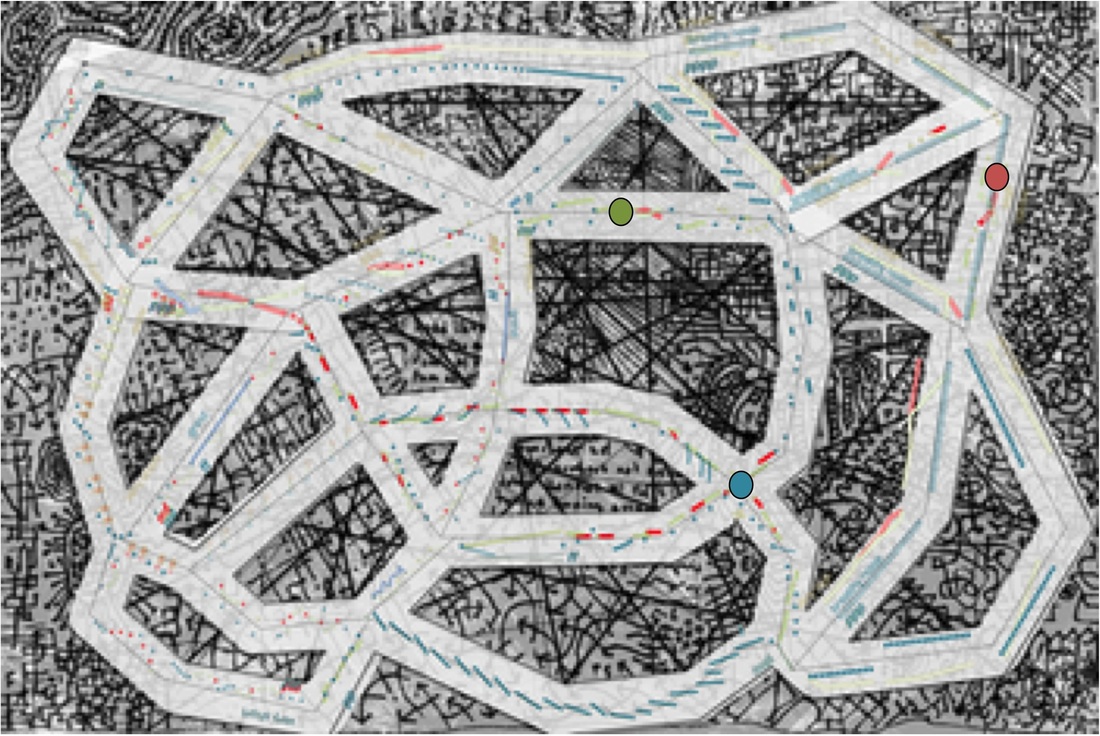
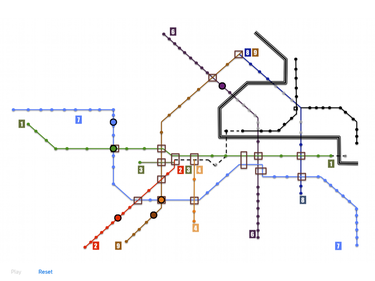



 RSS Feed
RSS Feed
